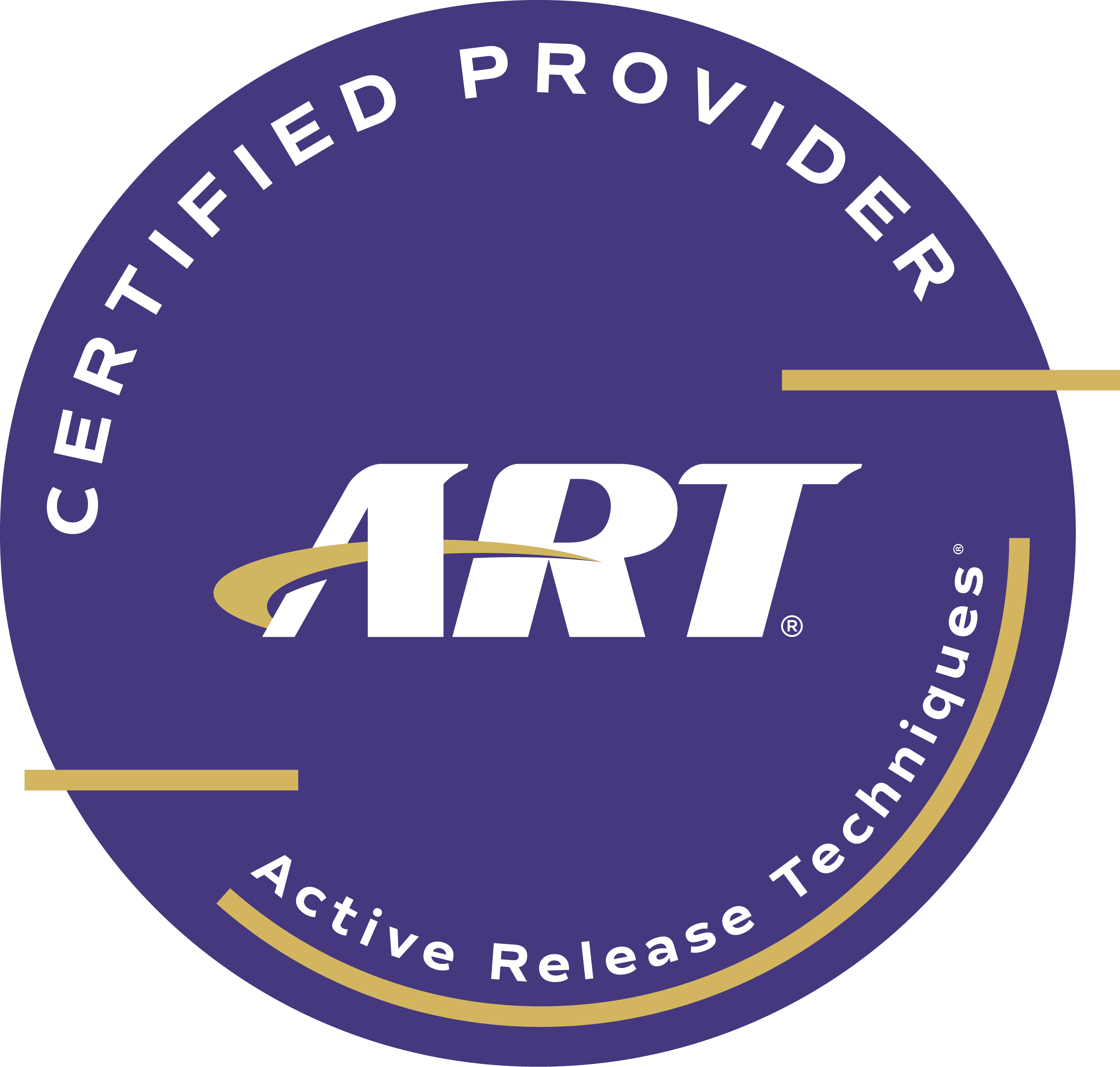Nasal specific chiropractic technique is a chiropractic method of adjusting the bones of the skull. This can be very effective for sinus pain, headache, and chronic congestion. It was developed more than 50 years ago in the Pacific Northwest. While the bones fuse to some degree, this varies person to person. Compression of the skull bones can distort the resting position of the skull on the first vertebra. Additionally, we believe the mechanism of nasal specific revolves releasing around one particular bone.
The skull is made up of many bones, most of which are paired on each side. At the center of the skull is one of the unpaired bones, known as the basiocciput. Formed by the fusion of two bones, the sphenoid and the occiput (pronounced, “ox-eh-put”), the basiocciput has connections to many of the bones of the skull. It also two very important features (from the occiput): the bone has the big opening the brainstem and spinal cord run through, called the foramen magnum (literally, “big hole”, in Latin). Second, it also has the big joints on each side where the skull rests on the spine. If the connections to other bones in the skull are offset, this could result in the skull resting unevenly on the spine.
The basisphenoid also connects with a number of other bones in the skull, including the cheekbones and others with make up the sinuses. Restrictions in these connections could reduce the space needed to breath through the nose. Furthermore, the same nasal specificmanipulation technique can stretch the soft tissues around the entrance to each of the sinuses. This allows for better drainage.
Nasal specific uses a small balloon attached to a hand pump (sphygmomanometer) inserted in the nose. The balloon is then inflated to gently lift all the bones apart. As there are three levels within the nasal cavity (low, middle, and high), this is done three times, and then the bottom level is repeated. For best results, the treatment should be repeated weekly for a month.
People often ask what this feels like. While the experience can vary, most patients find a sense of intense pressure in the nasal cavity, not unlike getting water up your nose in a pool. At times, the procedure can provoke a small amount of bleeding. Some soreness after treatment may also occur. The initial recommended treatment sequence is once a week for a month. We also recommend repeating monthly for a period to maintain the improvements.

